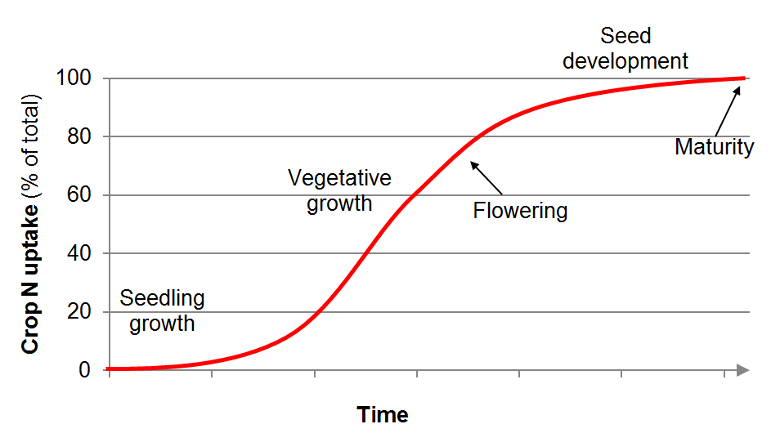



A kind of fermented organic fertilizer known as Bokashi in Japanese has been used by many Japanese farmers for many years. Bokashi is the fermented product of some organic materials such as bran, oilcake etc. mixed with soil under low temperature (below 50 - 60 deg C) during short period (about 10 days). In this study, experiments were carried out to find the influence of application of Bokashi on germination and early growth of komatsuna, [Japanese mustard spinach] (Brassica campestris L.) by using the water extract from Bokashi and different volume percentages of soil and Bokashi mixture. The results obtained were as follows. 1) The germination percentage, stem and root length of komatsuna decreased with increase of concentration of phenolic substances in the water extract from Bokashi, and a close negative correlation was found between the inhibition on komatsuna growth and concentration of phenolic substances. 2) It was found that volume percentages of Bokashi mixed with soil should be limited below 30% because the emergence percentage of komatsuna became lower on increasing volume of Bokashi in the soil, and many plants died, to above 50% of their volume. In addition, the emergence percentage and the concentration of phenolic substances in the soil had negative correlation. From these results, phenolic substances can be used as an indicator to investigate the effects of application of Bokashi on plant growth. 3) Early growth of komatsuna on the soil applied with fermented Bokashi was better than that on the soil applied with unfermented materials of Bokashi. Consequently, it was suggested that fermented Bokashi had an effect of promoting plant growth, but the cause of promotion should be investigated further. 4) pH of the Bokashi fermented under high temperature (above 60 deg C) was higher than those fermented under low temperature (below 50 deg C), but there was no difference on plant growth between them. From this result and 3),it was found that the fermentation was important, but the different temperature ranging from 40 to 60 deg C had few influences on plant growth. 5) The number of lateral root was increased by application of Bokashi and the effects of application of Bokashi on plant growth were more effective at root growth than germination percentage and stem growth. Therefore, it was suggested that detailed investigation of root was very important in order to find the influence by application of Bokashi.

The heat map shows the number of bacterial species isolated from different organic formulations and their ingredients. T1 100 % panchagavya; T2 33 % panchagavya; T3 plant extract with native microorganisms; T4 commercial organic fertilizer extract with 2 % leaf soil extract; T5 commercial organic fertilizer extract with 2 % yogurt; T6 cow urine; T7 cow dung; T8 cow milk

Effect of different organic formulations on dry weight of radish (a) and Chinese cabbage (b) under pot culture condition. T1 100 % panchagavya; T2 33 % panchagavya; T3 plant extract with native microorganisms; T4 commercial organic fertilizer extract with 2 % leaf soil extract; T5 commercial organic fertilizer extract with 2 % yogurt. Control, 0, 50 and 100 times of dilution organic formulations are represented in different shades. Values are mean ± SE of three replications, and same letters in each treatment are not significantly different from each other at P < 0.05 according to DMRT








